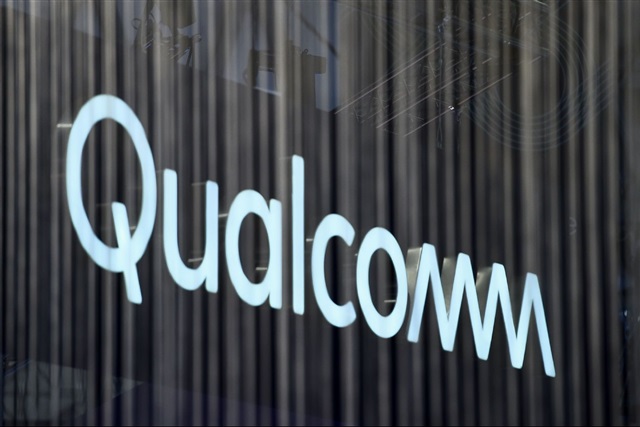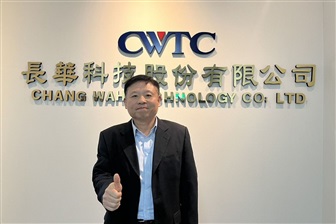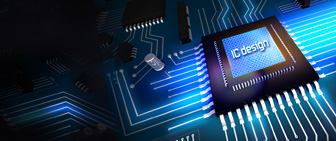
China's largest battery maker, CATL, said it had signed a strategic cooperation agreement with the electric vehicle (EV) manufacturer Nio, deepening ties between two of the country's most influential players in the EV ecosystem.
As the transformation of the auto industry comes into sharper focus, CES in Las Vegas has quietly evolved from a technology showcase into a bellwether for the global car business. In recent years, CES was often jokingly described as a "world-class auto show," dominated by demonstrations of the industry's shift from internal combustion engines to electric drivetrains. However, starting in 2025, the frenzy of brand and component competition began to cool. By CES 2026, the center of gravity had unmistakably shifted.
Samsung Electronics is positioning its contract chipmaking business to win automotive orders, a move industry analysts view as a practical entry point into the emerging "Physical AI" market. While TSMC remains the leader in AI processors for data centers, Samsung is focusing on the specific demands of vehicles and robotics.
At the 2026 Consumer Electronics Show (CES) in Las Vegas, Hyundai Motor Group Chairman and CEO Chung Eui-sun held a private meeting with Nvidia CEO Jensen Huang, marking their first in-person encounter since October 2025. The discussion, focused on Nvidia's newly unveiled self-driving platform, Alpamayo, has fueled speculation about the potential expansion of the two companies' strategic partnership.
As 2026 begins, competition within China's auto market is heating up rapidly, propelled by a convergence of government policy shifts and intensifying competitive pressure. Leading the opening salvo of the new year's price war was BMW, which announced price cuts across much of its China lineup, with discounts in some cases exceeding 20%.


